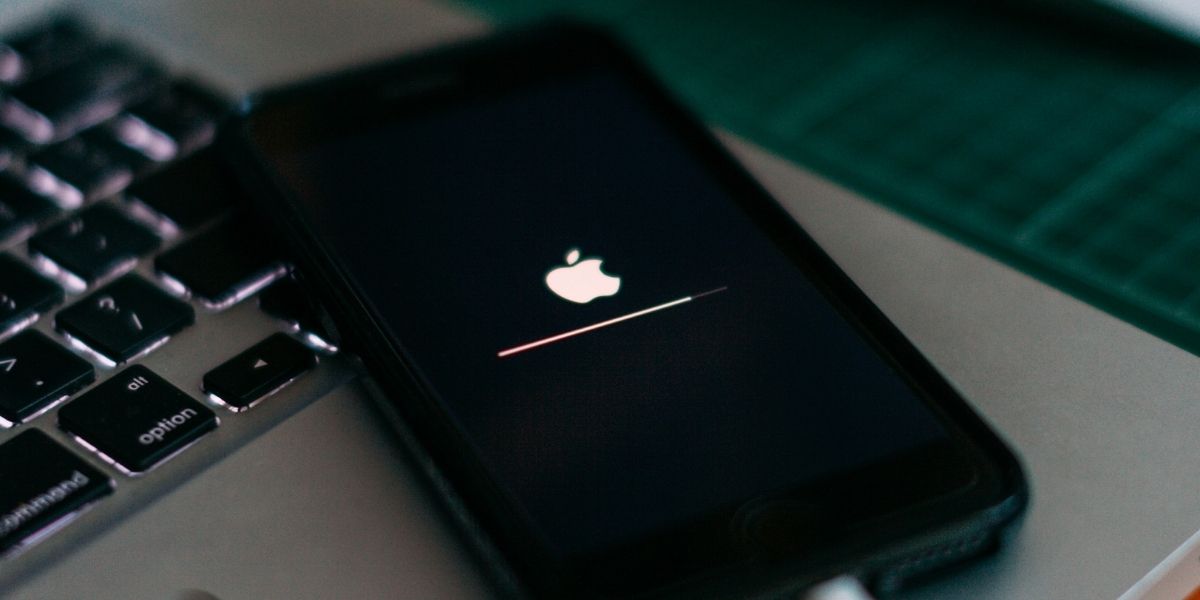Inflation is a topic that has no shortage of discussion in the modern world. Consequently, understanding its history and the level of inflation that has actually occurred throughout history is essential. The U.S dollar in particular has been through periods of intense inflation throughout its history.
On the most basic level, the U.S dollar has inflated. The dollar of today is worth just six cents in 1920. The reasons and dips and peaks in that process are much more complex though. Looking back, the Great Depression and WWII saw skyrocketing prices, prices that never been seen before.
After, in the 1940’s, the economy started to stabilize. This did little to stop inflation though as by the 1960’s a dollar could no longer buy a gallon of milk, a big milestone in history. The 1970’s saw the economy attempt to stabilize but by the 1980’s inflation reached its all time high of 14.5%.
After this, while inflation around the dollar somewhat stagnated, the aggressive rise in college tuition and other consumer prices began, a process that has not yet stopped. From there the value of the dollar continued to diminish and diminish until finally COVID hit. This marked one of the strangest economic times in history for the U.S and the world at large.
Looking at 2021, the dollar in particular depreciated even more than other countries. Mexico, Canada, Britain, China, and Australia all retained currency value over America. COVID seemingly hit the U.S economy or at the very least boosted inflation particularly hard.
Looking at 2022 the fate seems to be even more dire. In 2022 so far, inflation has risen at a rate of 9.1%, the highest seen since 1981, the all-time peak. This was not limited to just the dollar either as energy and food prices are also hitting all time highs.
What is most unfortunate is that inflation has no signs of slowing down, in fact the U.S is predicted to see some of the most aggressive rates of both consumer and currency inflation ever. This is only reflected by looking at the market and the things that currently have value.
Gold, for example, is a clear marker of market uncertainty and general economic downturn. And in 2020 the gold investment demand jumped 90% year over year. Gold also saw a return on investment of near 25% in 2020, a rate higher than the stock market itself. Gold is also predicted to continue to skyrocket in prices into 2030, directly reflecting the rates of inflation that are predicted to continue.
This is the past, present, and future of the inflated dollar. Starting with the rocky period of the Great Depression, and ending with the similarly rocky period of the COVID pandemic. The U.S’s greatest strength is the history it holds. Understanding how policy has influenced inflation and inflation has influenced the consumer is something that has only grown in depth and scale with time. The citizens of the U.S can only hope it’s applied.










